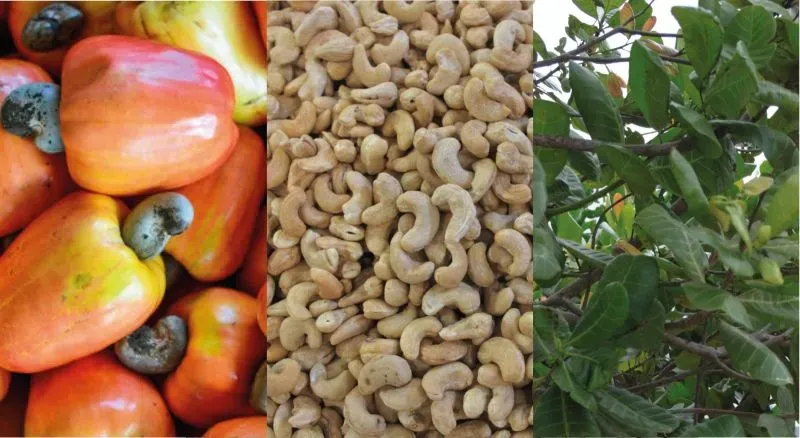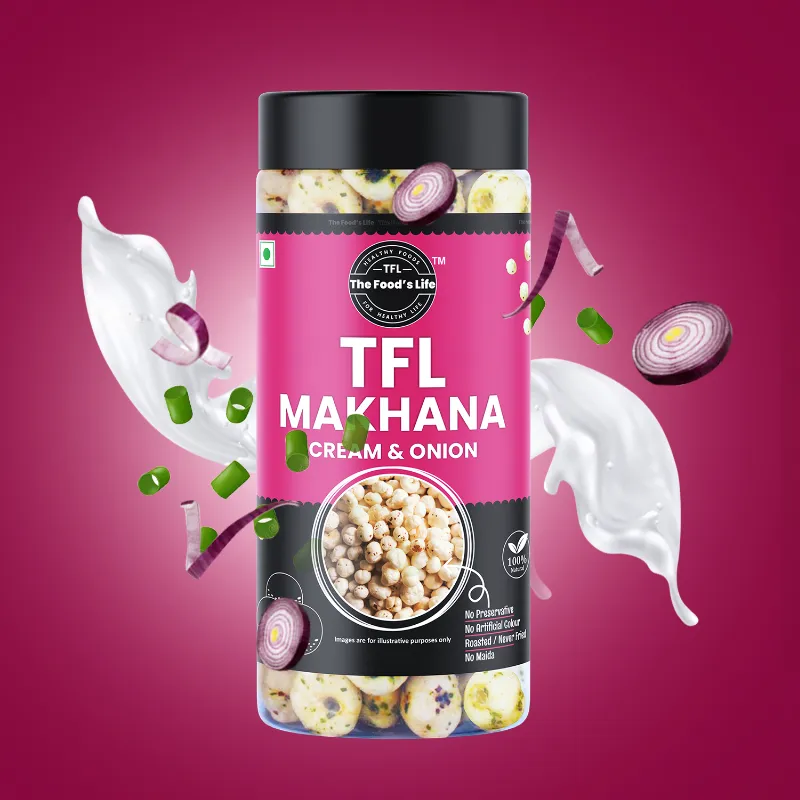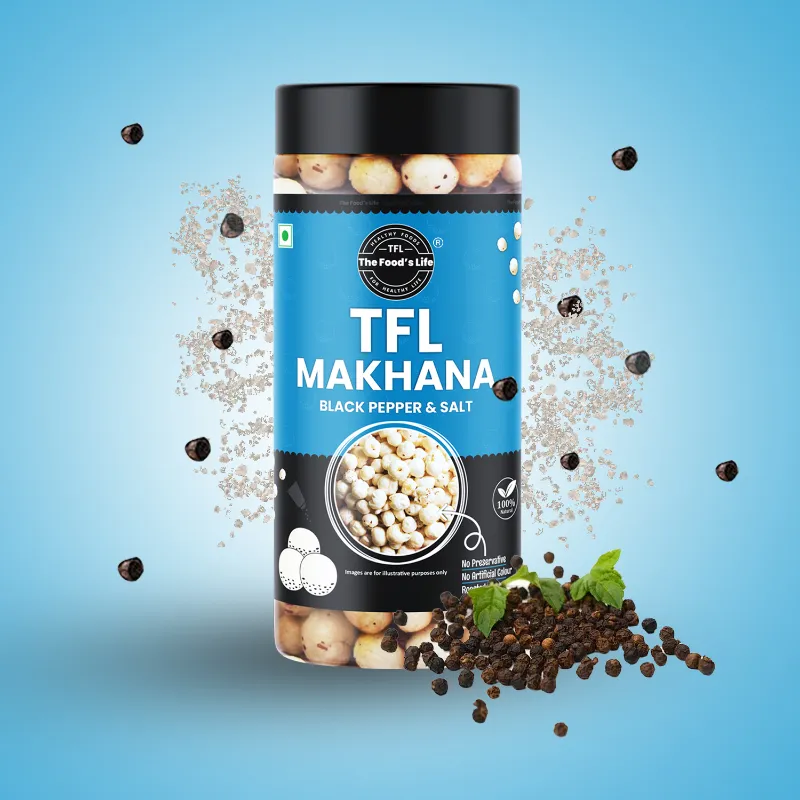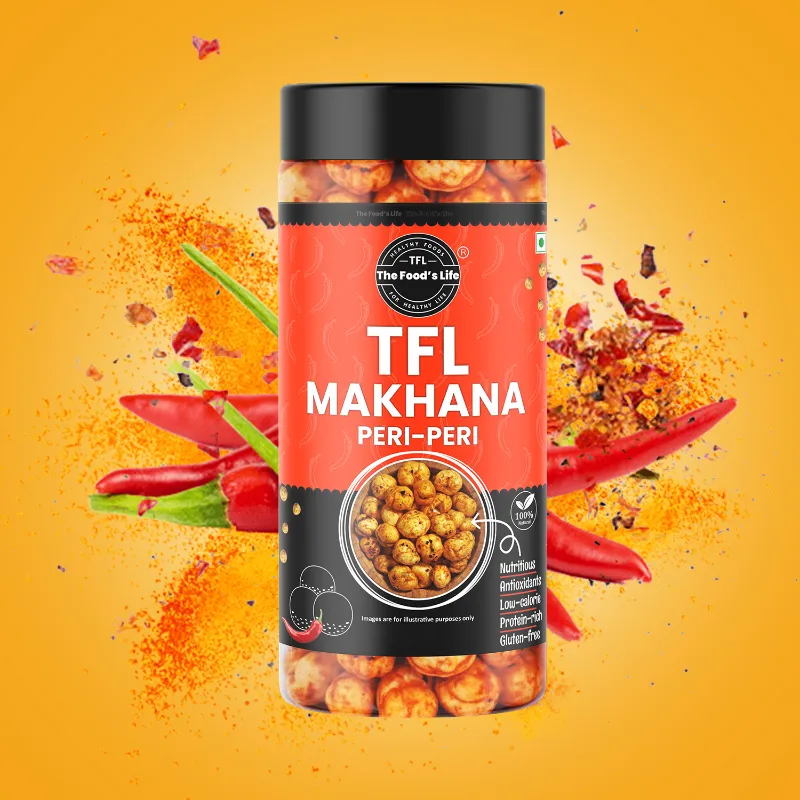Cashews, those delightful crescent-shaped nuts, have a unique journey from tree to table. Understanding the fascinating harvesting process sheds light on the effort behind this beloved snack. Let’s embark on a journey through the simple yet intricate steps that bring cashews from the tree to your plate.
Our story begins with the cashew tree, scientifically known as Anacardium occidentale. Native to Brazil, these trees thrive in tropical climates. Their value extends beyond cashew nuts to include the cashew apple, a fruit with a sweet taste enjoyed in some regions.
Unlike most nuts, the fruit doesn’t contain the cashew nut. Instead, it grows outside, attached to the bottom of the cashew apple. This peculiar placement makes the harvesting process distinctive and requires careful handling.
The journey starts when the cashew tree blooms with small, fragrant flowers. These flowers contain both male and female parts, allowing for self-pollination. Once pollination occurs, small structures called cashew apples begin to develop.
The cashew apple is a fascinating fruit with a juicy and succulent texture. It starts as a bulbous structure and gradually expands into the vibrant and enticing cashew apple.While some places enjoy the cashew apple, this story focuses on the nut.
Hidden within the cashew apple is the cashew nut, encased in a hard, double-layered shell. This outer shell contains a caustic oil known as anacardic acid, which can cause skin irritation. Therefore, handling cashew nuts requires caution.
Harvesting cashews is a meticulous process. Workers carefully pluck the cashew apples, ensuring minimal damage to the attached nuts. The next step involves the extraction of cashew nuts from their protective shells. This task demands precision and skill to avoid contact with the caustic oil.
The presence of anacardic acid makes the cashew shell toxic to handle directly. Harvesters often use gloves to protect their hands. To neutralize the caustic oil and make them safe for consumption, one must dry and roast the nuts.
Once separated from the cashew apples, the nuts undergo a drying process. This reduces moisture content and prepares them for the husking stage. During husking, the hard outer shell is removed, revealing the prized cashew kernel.
The harvested cashew kernels are then sorted and graded based on size, shape, and quality. This meticulous process ensures that only the finest cashews make their way to consumers.
The final product, a creamy and buttery cashew nut, is now ready to be enjoyed. Whether as a standalone snack, a crunchy addition to dishes, or a key ingredient in various culinary creations, the journey from tree to table is complete.
Understanding the journey of cashews from tree to table adds a layer of appreciation for these delectable nuts. The harvesting process, though intricate, is a testament to the efforts involved in bringing this nutritious and versatile snack to our plates. So, the next time you savor a handful of cashews, remember the simple yet extraordinary journey each nut has taken to reach you.






